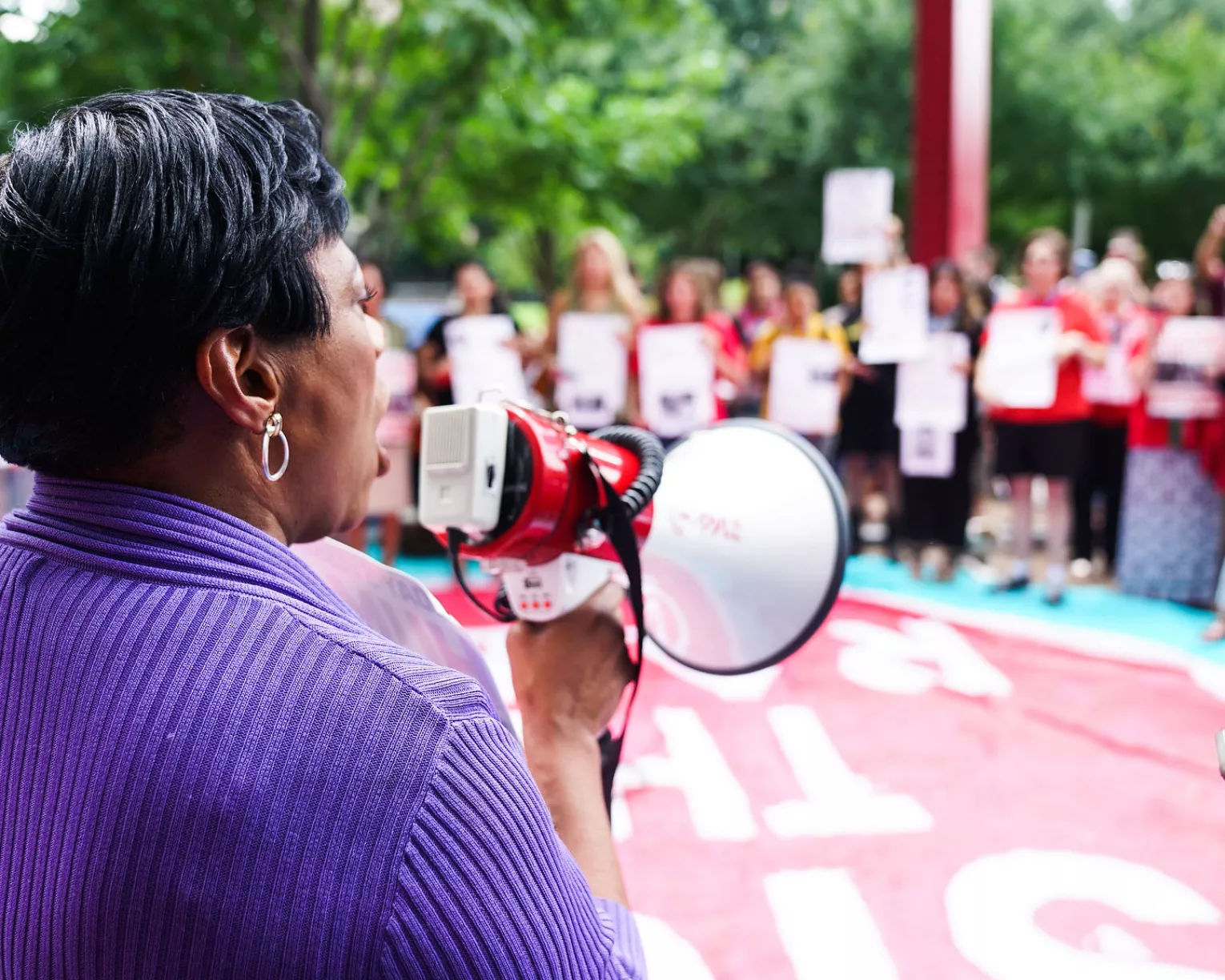NEA speaks up for the rights of students. Browse recent messages to Congressional leadership, and add your voice.
The Department of Defense Education Activity (DoDEA) oversees 160 schools serving more than 66,000 students in 11 foreign countries, 7 states, Guam, and Puerto Rico.
Military-connected students are top performers despite the challenges of parental deployments and frequent moves.
On the 2024 National Assessment of Educational Progress, the nation’s report card, fourth and eighth graders in DoDEA schools were either at the top of the charts or in second place.
-
House marks up bills affecting military-connected students
Submitted on March 24, 2025
-
Senate Vote on FY2025 National Defense Authorization Act
Submitted on December 16, 2024
-
FY2025 National Defense Authorization Act
Submitted on December 11, 2024
Bills in Congress
Learn NEA's position on pending legislation related to public education, and take action to protect our schools
-
Support
HR 2550 Protect America’s Workforce Act www.congress.gov
Introduced on April 1, 2025
This bill aims to restore collective bargaining rights for unionized federal employees, including those in Department of Defense Education Activity Schools (DoDEA), reversing Trump’s Executive Order entitled “Exclusions from Federal Labor-Management Relations Programs.”
-
Support
H Res 187 Resolution of Inquiry Regarding the Removal of Inspectors General (IGs) from federal agencies www.congress.gov
Introduced on March 4, 2025
This resolution would require the president to give the House documents regarding the removal of inspectors general (IGs) from federal agencies.
-
Support
S 134 Saving the Civil Service Act www.congress.gov
Introduced on January 16, 2025
A Trump Administration executive order would create a new Schedule F category in the federal civil service, stripping up to 50,000 federal workers of protections that ensure they are nonpartisan, highly qualified, and accountable for their work performance. S. 134 would limit the president’s ability to implement Schedule F and protect federal workers, including Department of Defense Education Activity (DoDEA) educators, from politicization and political manipulation.
Are you an affiliate?



